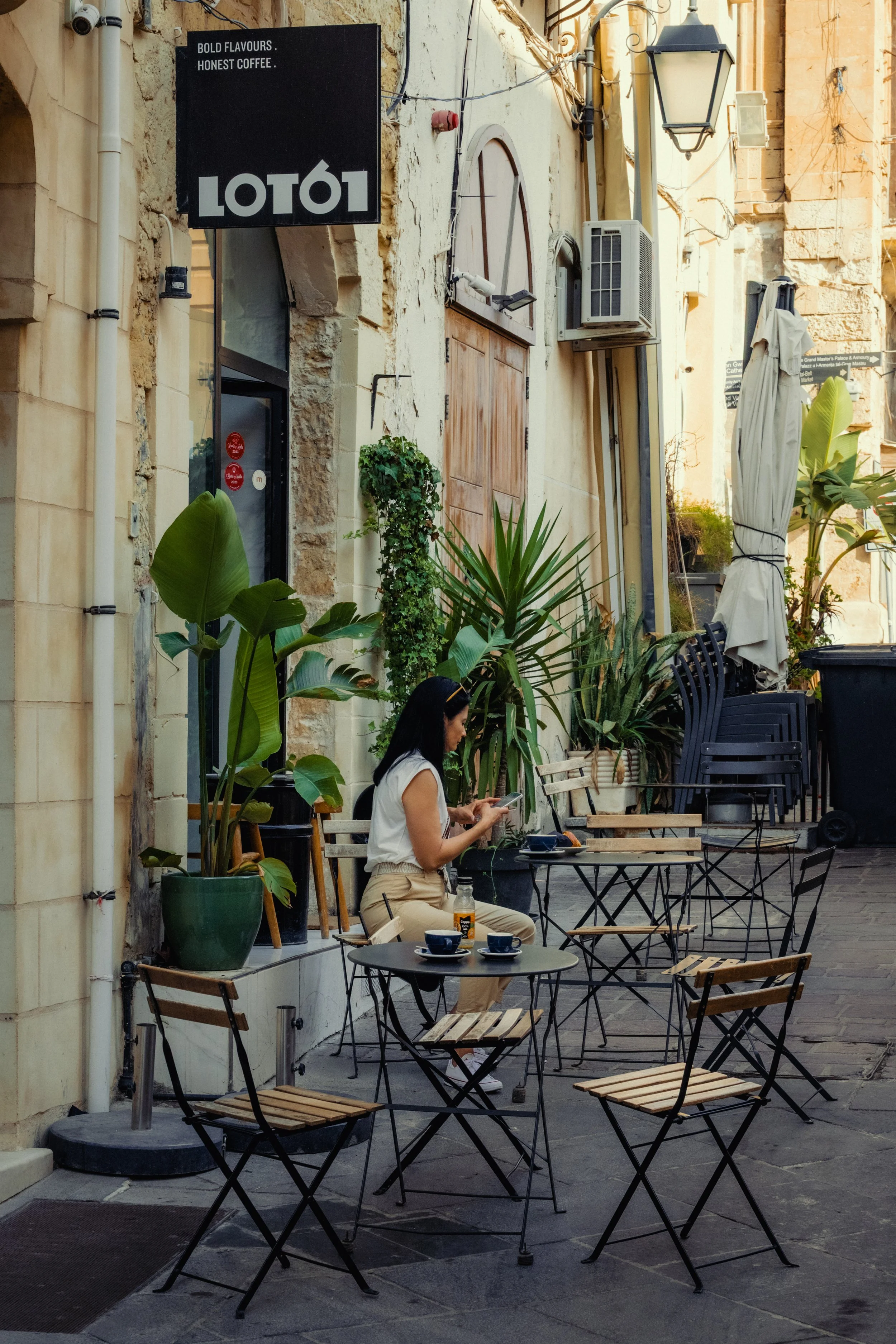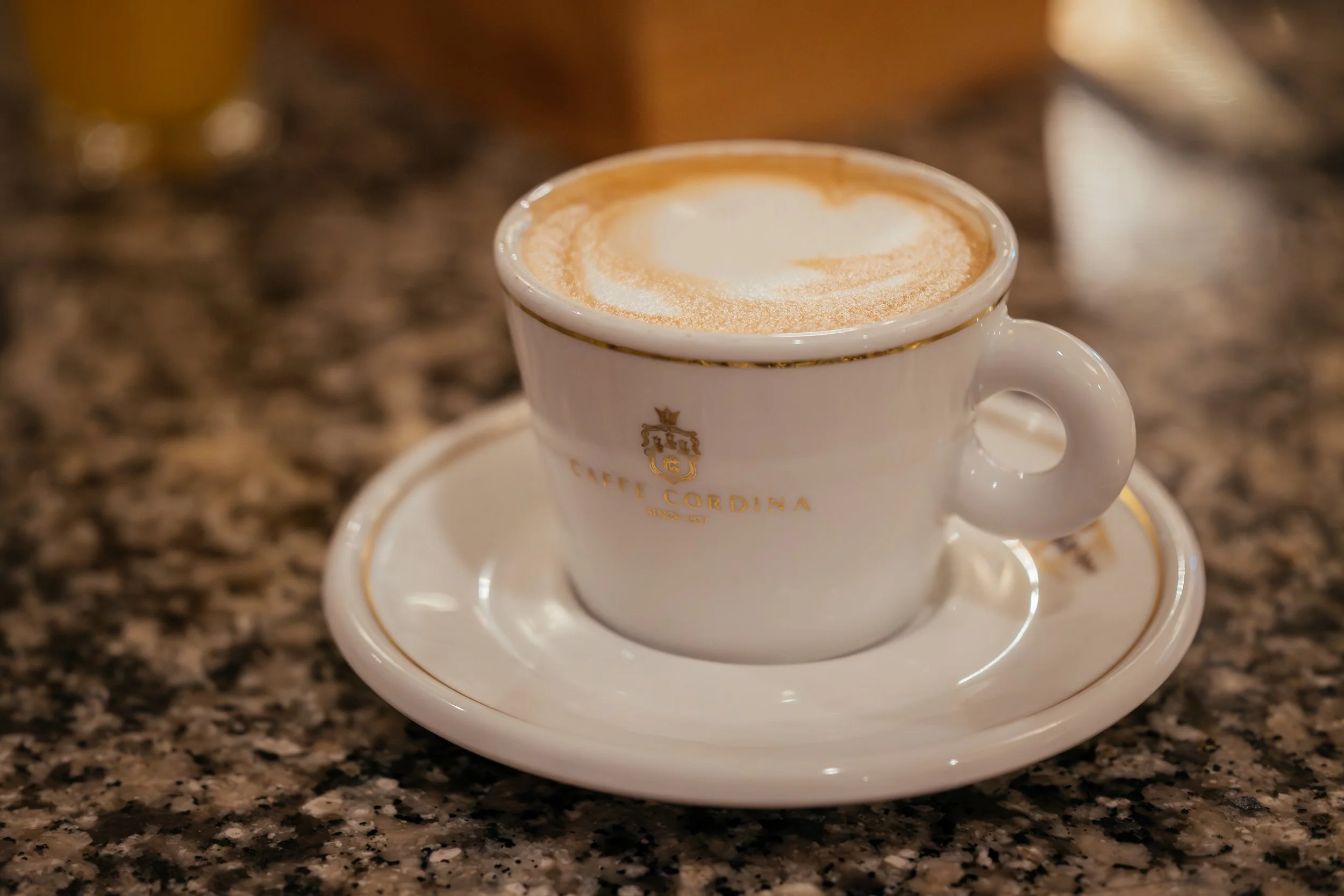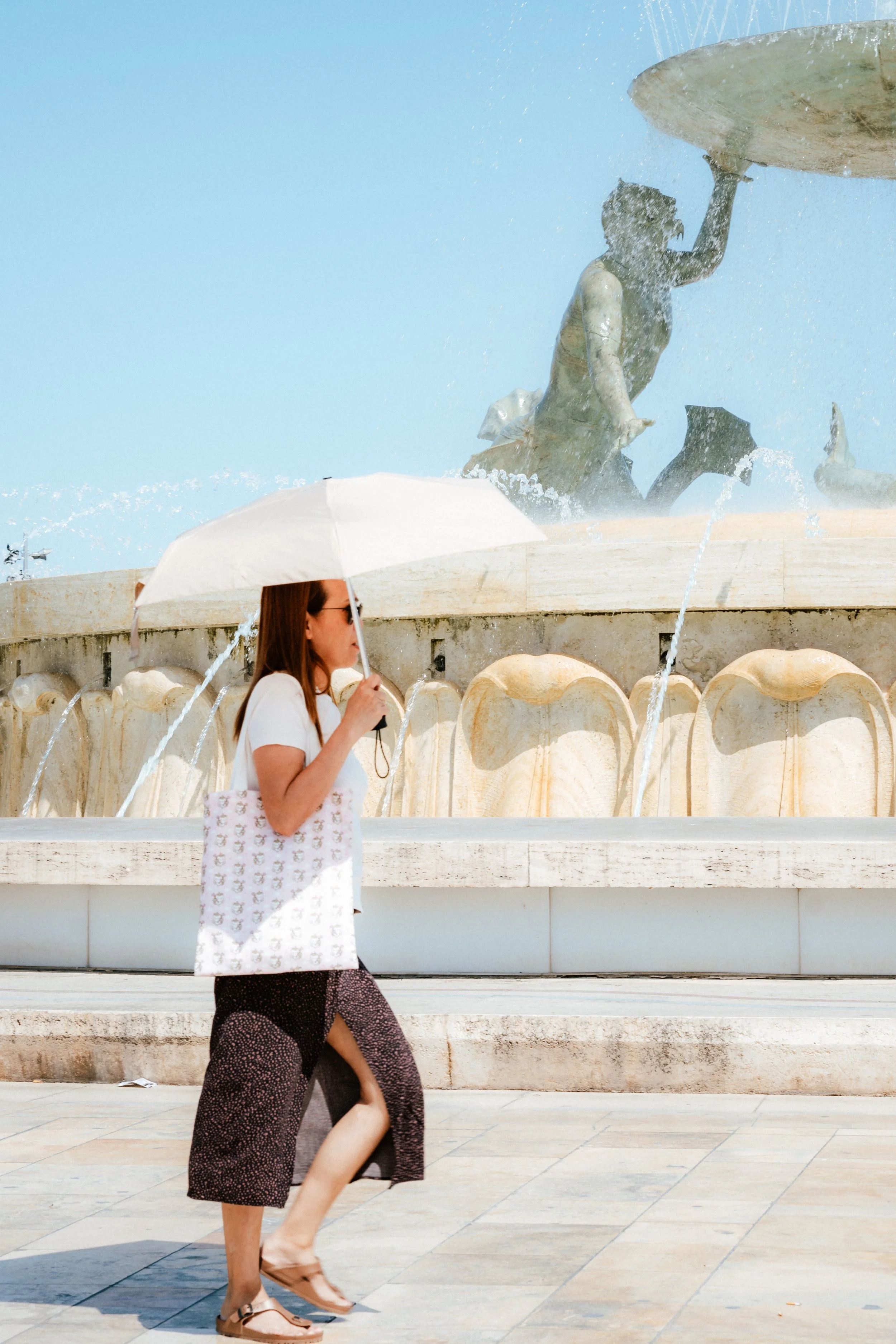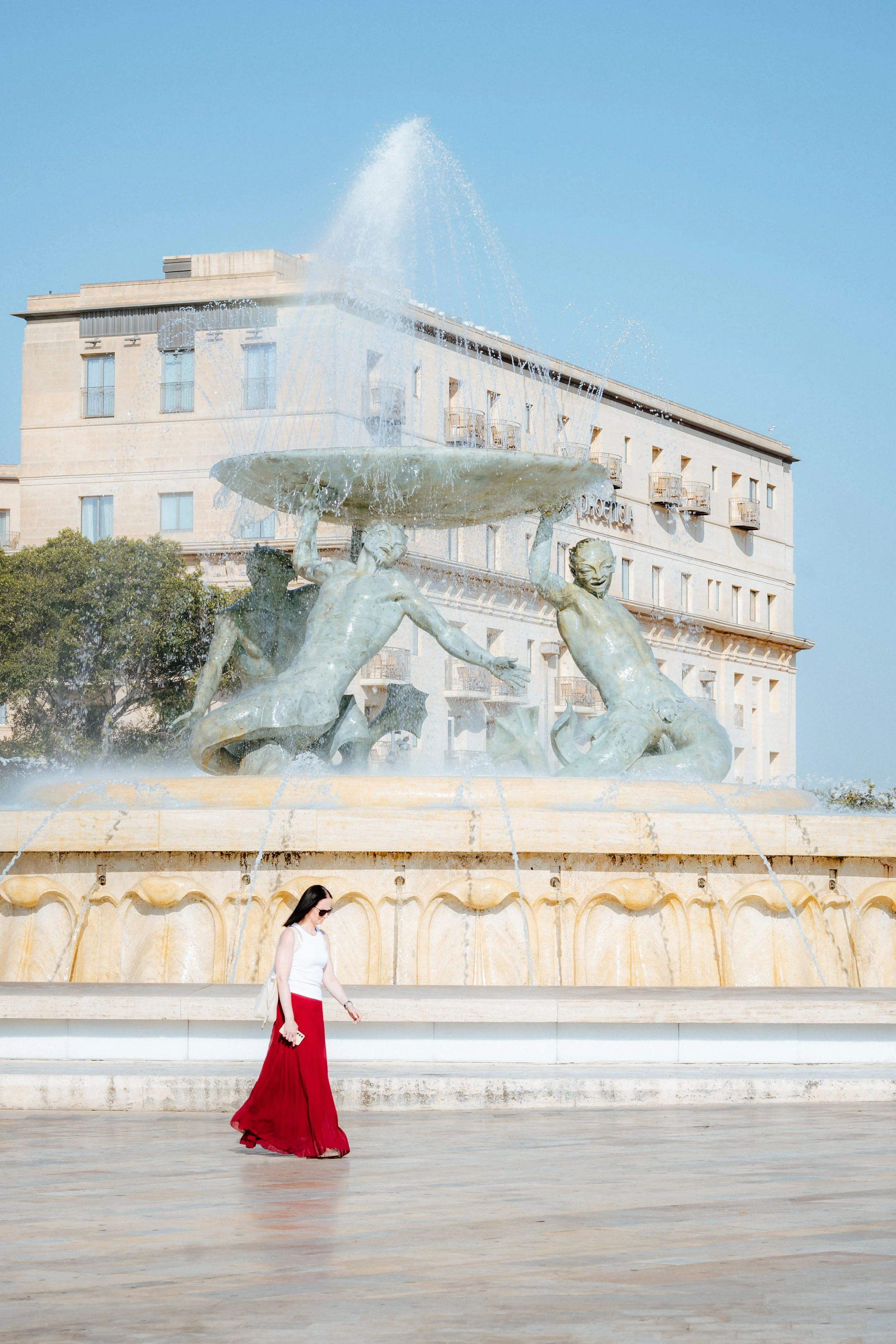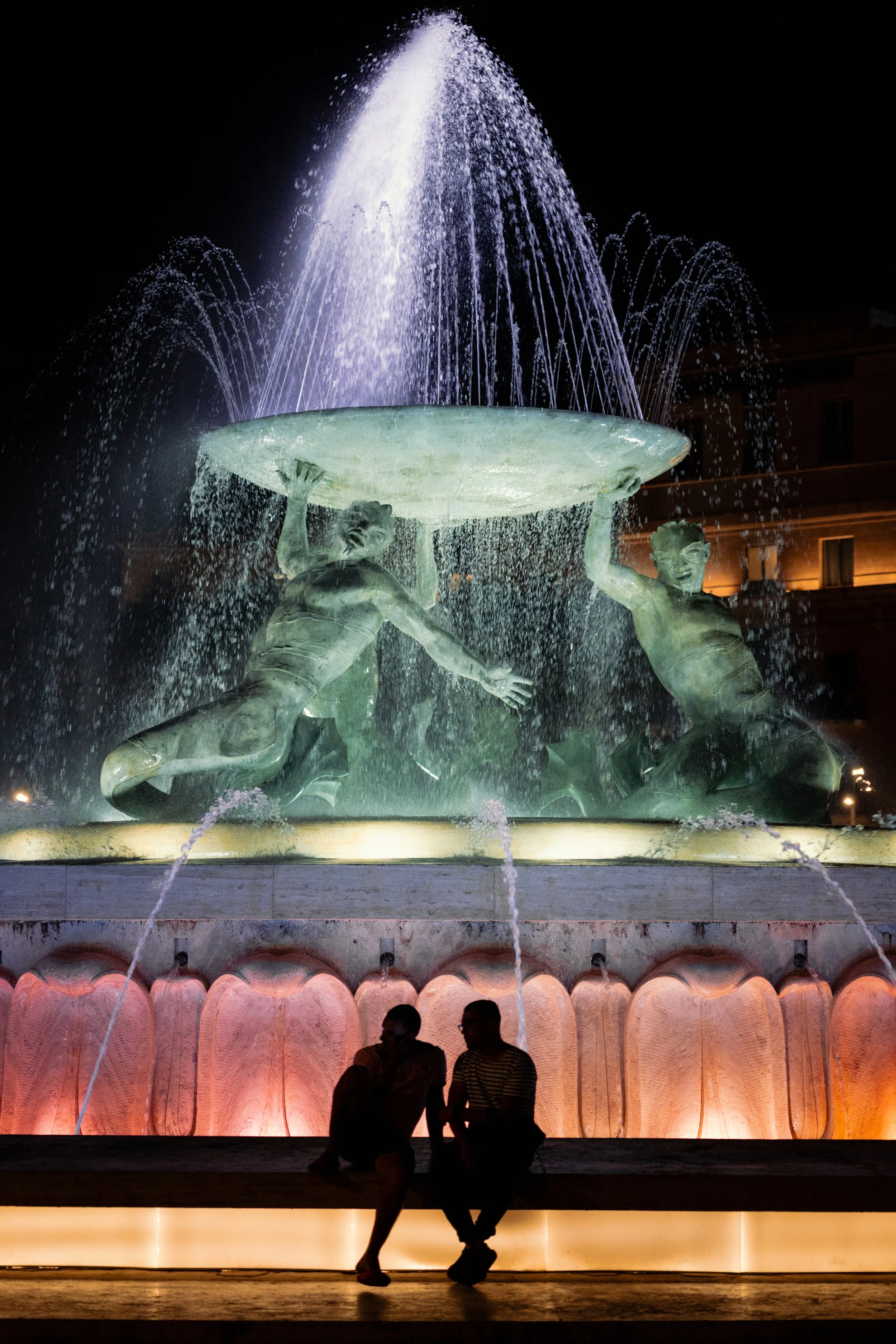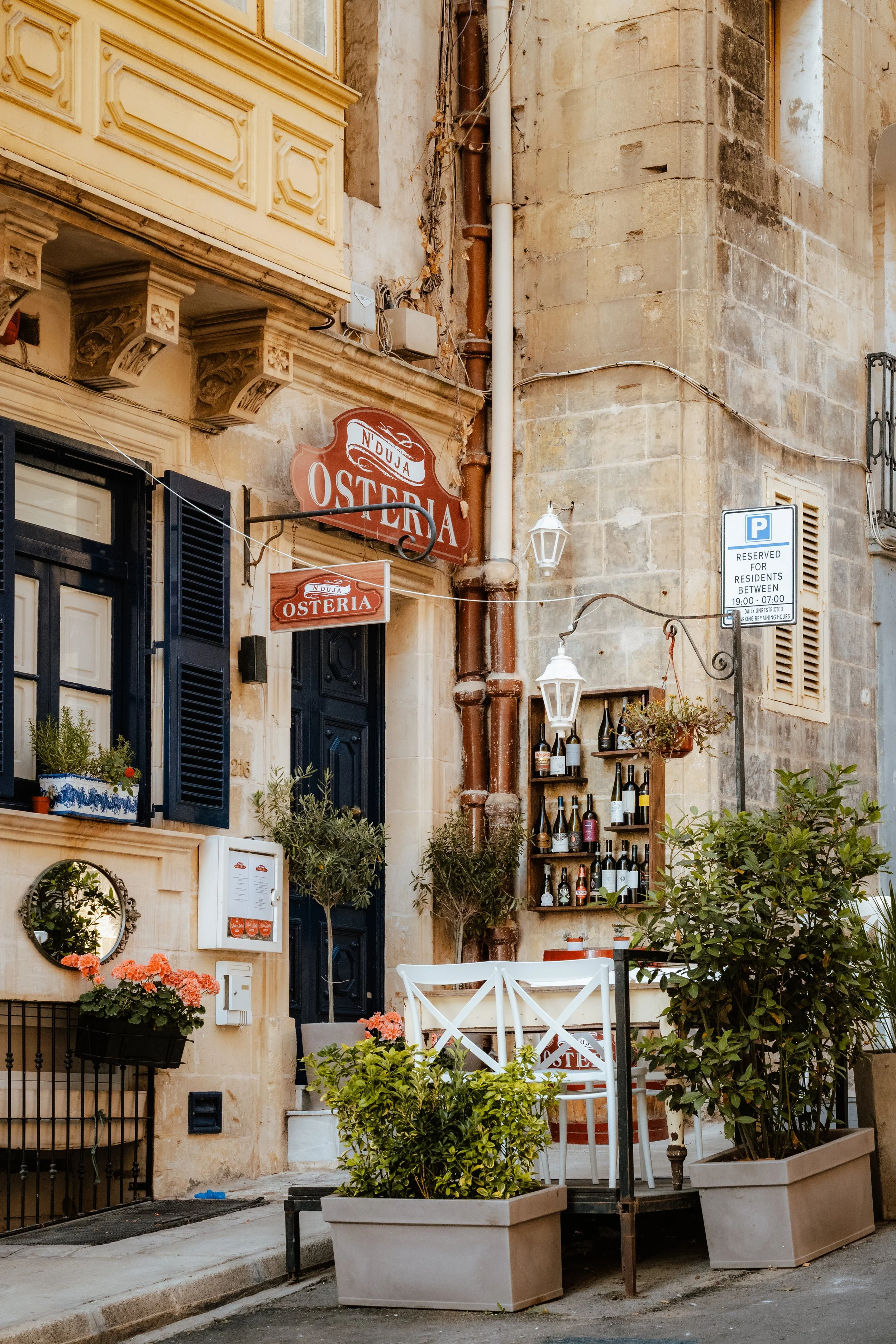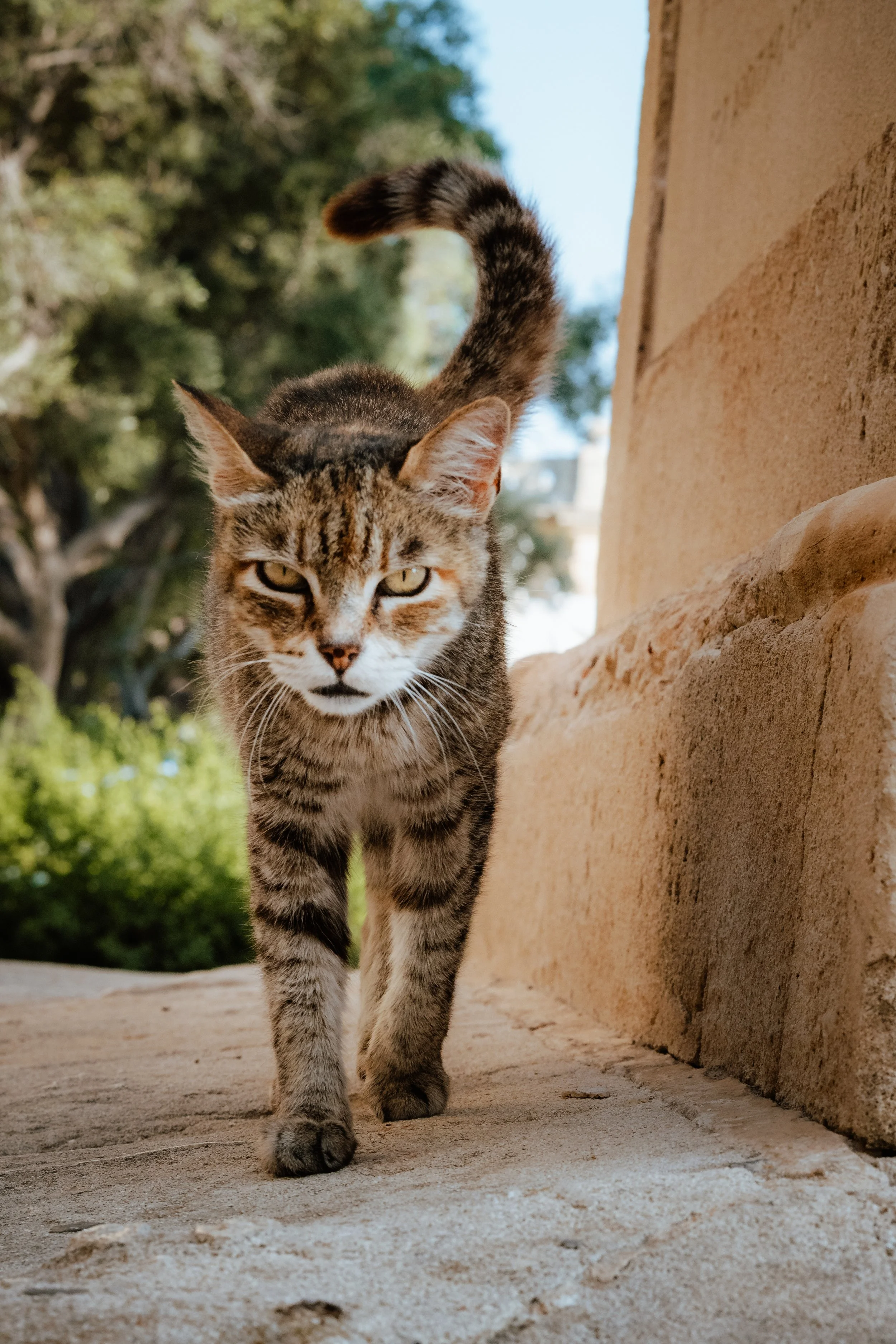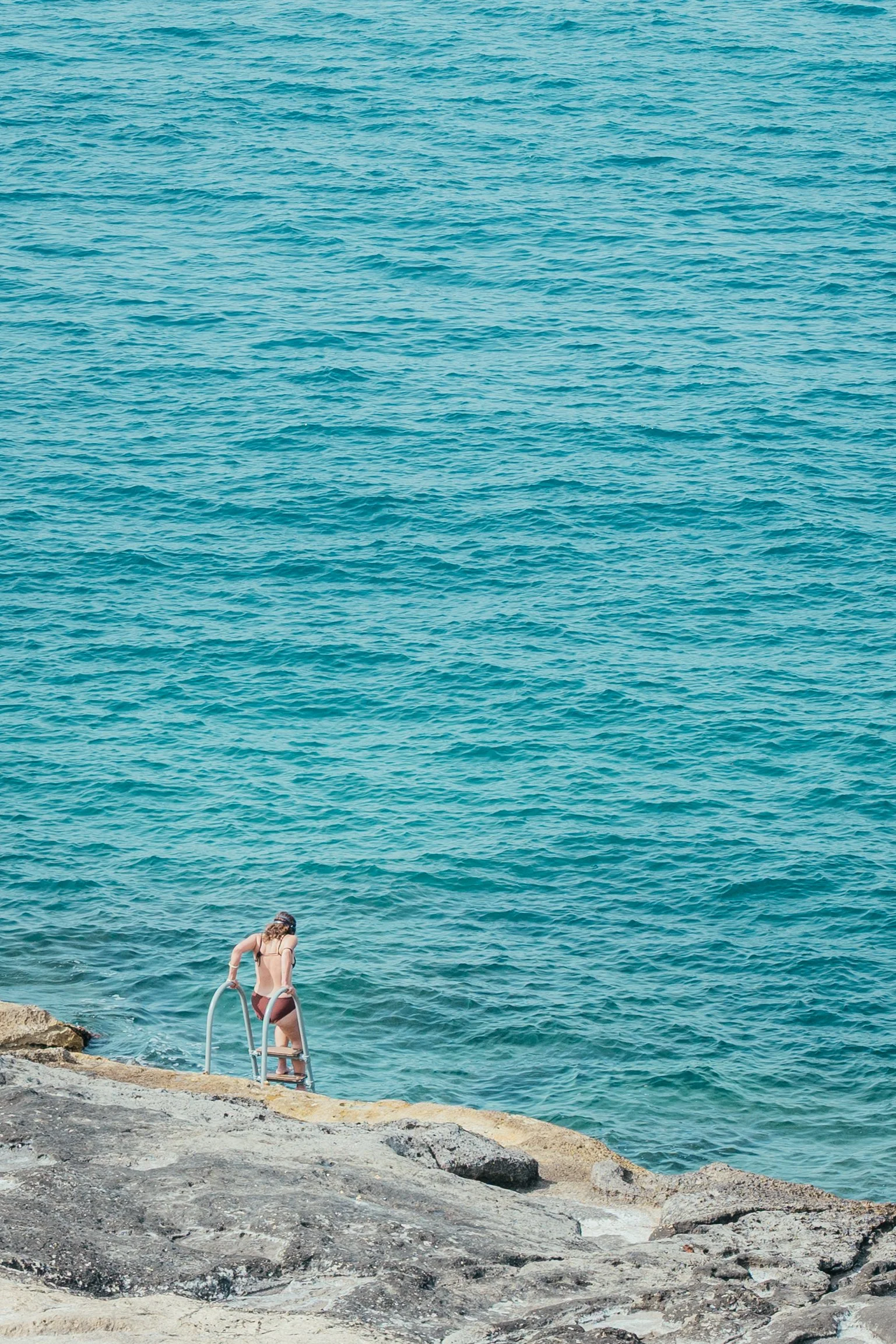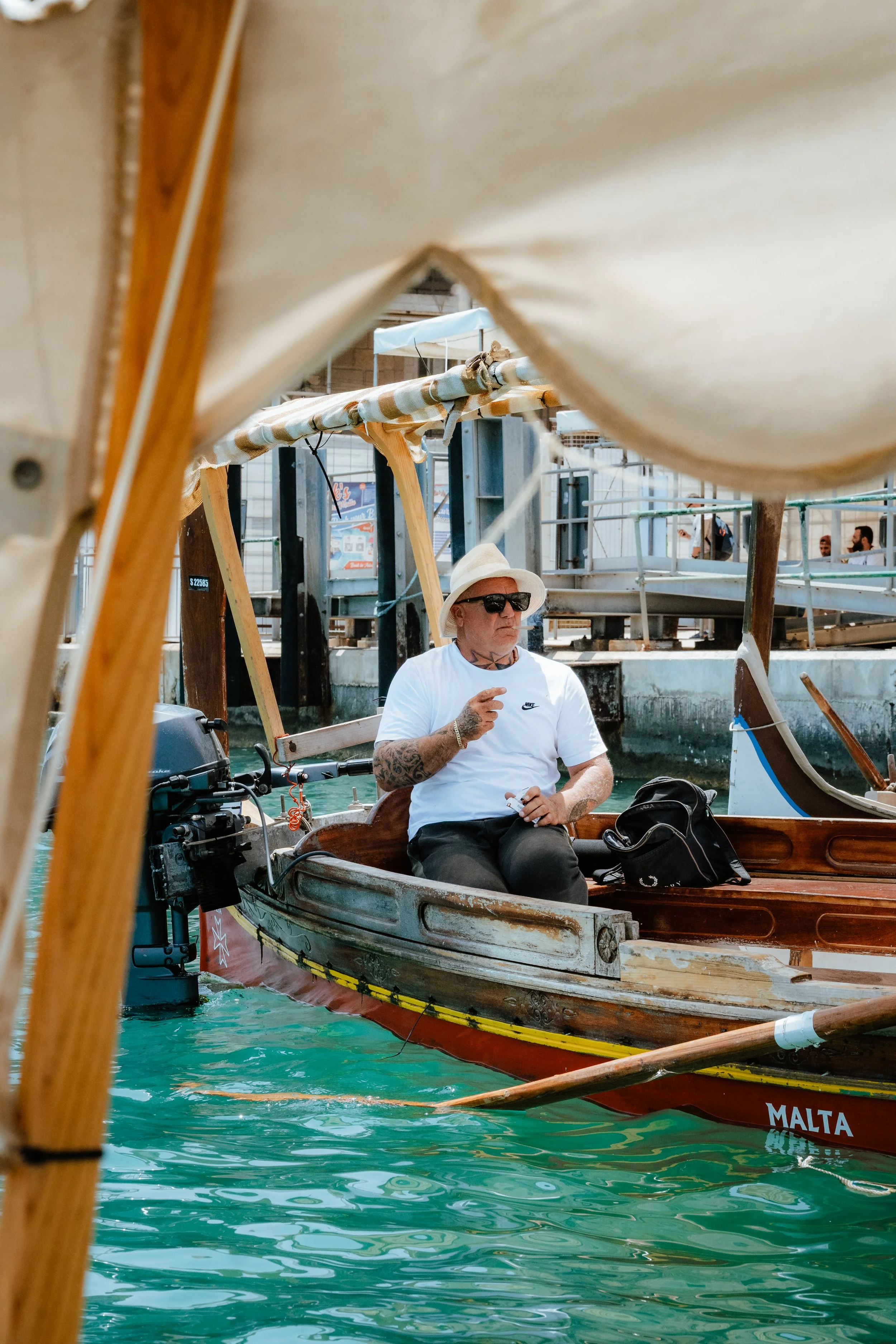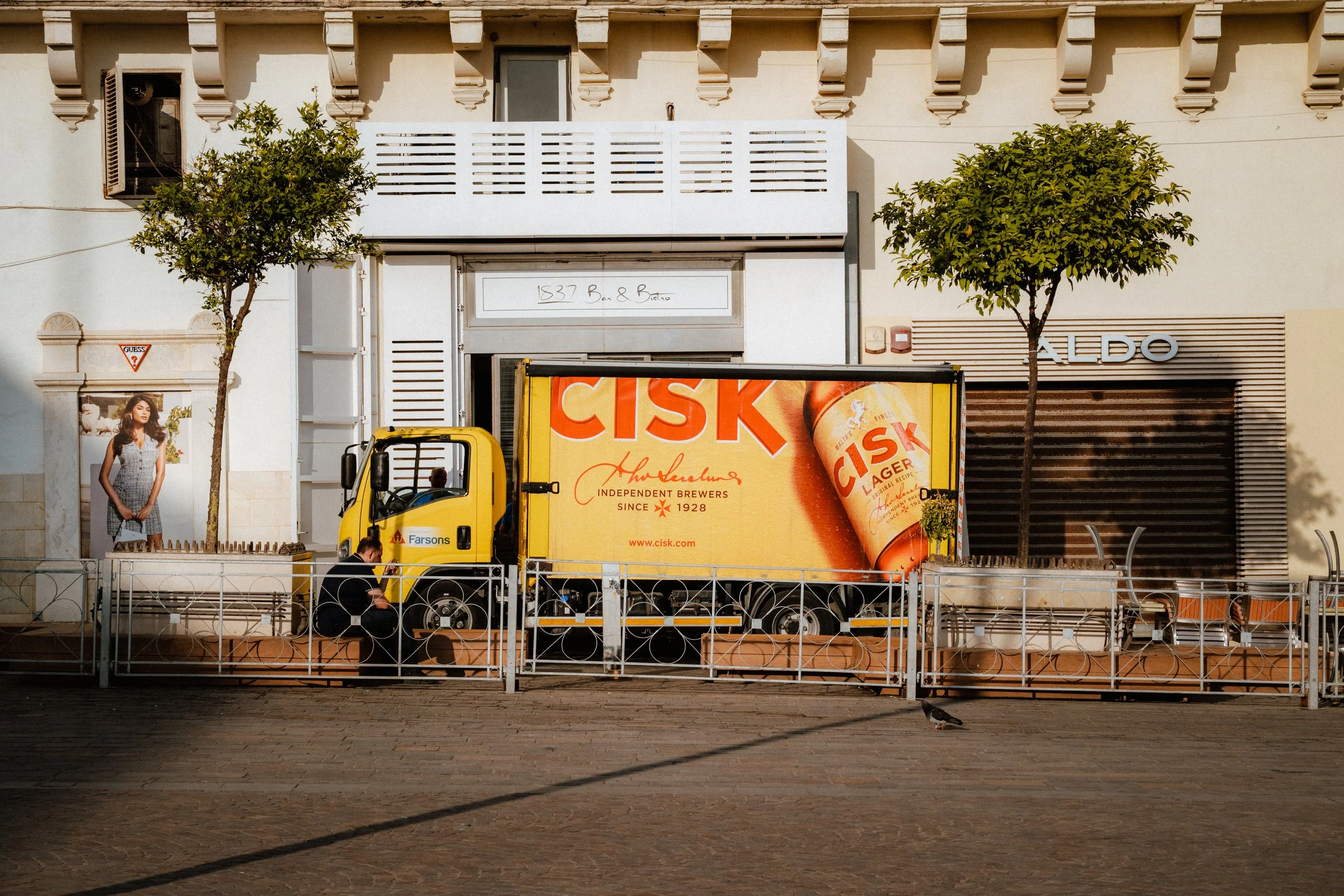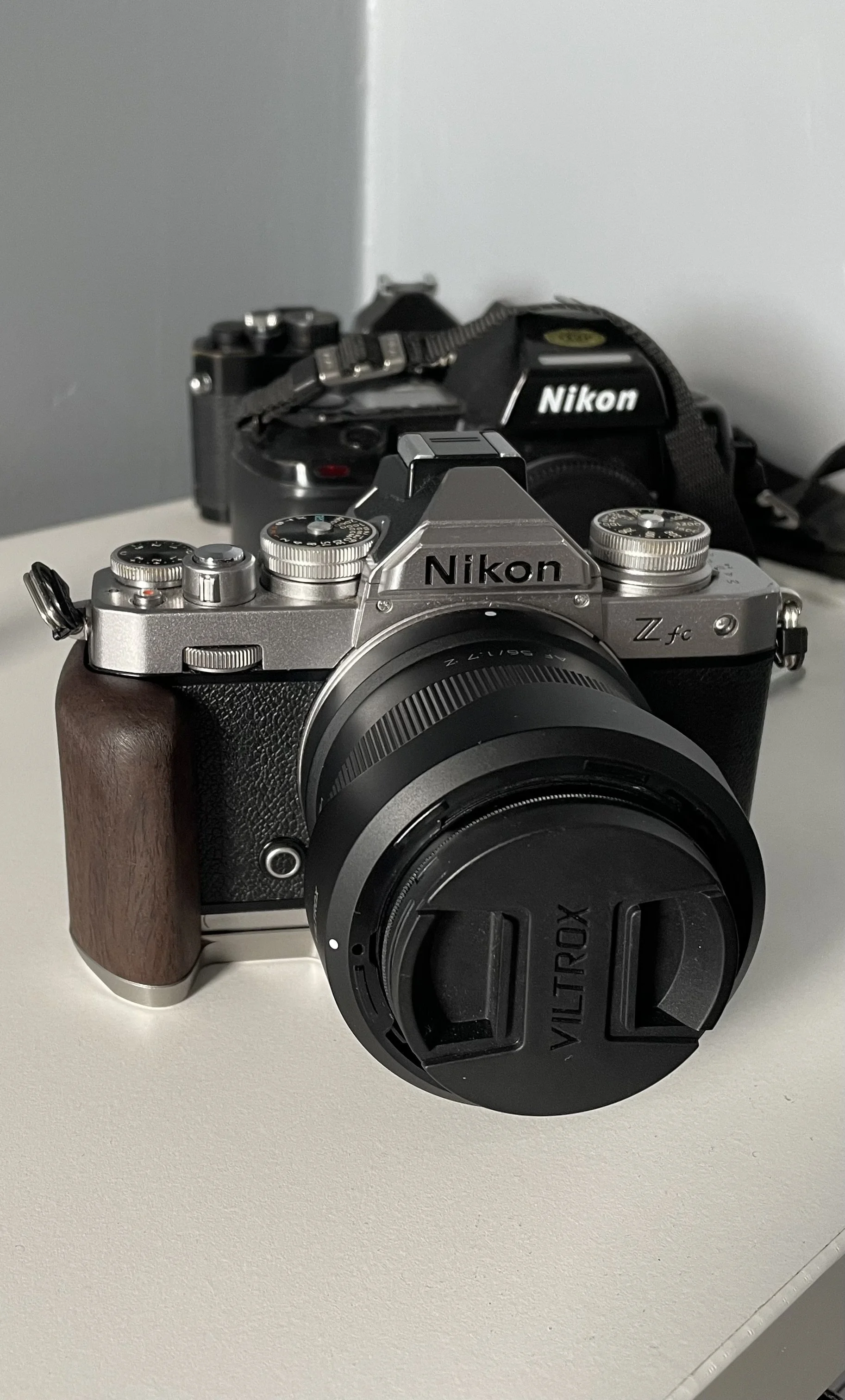10 Days of Photography in Malta
Off the Beaten Track
Back in Autumn 2024, when we booked our holiday to Malta for the following summer, I wasn’t especially excited about it as a photography destination. After some research however, I started to realise that this was a good chance to take some pictures that would look different to the ones I make in the UK, mainly due to Malta’s warm sandstone coloured buildings. Having just returned, I wanted to do a quick blog of what you can expect from a photographer's perspective.
As a destination, Malta seems a little bit off the beaten track for photographers. It’s a small country and the capital city Valletta, can be crossed on foot from one end to the other in about half an hour. But don’t let this discourage you; there is plenty here to occupy the photographer.
Valletta
Whether you’re planning a dedicated photography trip or combining some photography with a family holiday, my advice would be the same. I would recommend basing yourself in Valletta. Doing so makes the rest of the island so much more accessible due to the number of road and waterway public transport links the city has. The accommodation is plentiful and there is something to suit every budget. There are also more bars, restaurants and cafes than you can shake a stick at and something to suit all tastes. The food and the service are of a generally high standard regardless of where you go and we never had a bad meal during our entire stay. Our favourite restaurants were Gambit and Guzé. For the best coffee, I would recommend Lot61 and for breakfast, a visit to Cafe Cordina, which first opened its doors in 1837, is well worth it.
Valletta & Photography
So what about the photography? As I mentioned earlier, Valletta is a small city and can be crossed in a straight line from one end to the other in very little time but Valletta wasn’t made to be explored in straight lines.
I would spend hours crisscrossing the city exploring all the narrow streets and alleyways, often in the early morning while my wife was still asleep. Going out at dawn gives you the added advantage of being able to photograph the city while it’s a bit quieter and before all of us tourists head out in search of breakfast. It also gives you the chance to take advantage of the best light.
A great way to photograph the local pattern of life is to head in the direction of the main bus terminal that everyone uses to commute to Valletta for work. Here you get a conveyor belt of interesting subjects coming towards you and you can use the Triton fountain as a backdrop. I found the attitude towards photography very relaxed and never had a single negative experience while out with the camera.
If photographing scenes is more your thing, then you will have a great time shooting here. The architecture is stunning and if you like to use the fishing method and park yourself in a spot while the scene comes to you, then this is the perfect place. If you like to shoot details, then Valletta has lots to explore.
I would also highly recommend heading up to the Upper Barrakka Gardens at both sunrise and sunset when the low angle of the sunlight on the sandstone of Valletta creates a magical sight, especially when the city itself has its lights on. I favoured going up there when it was a bit quieter rather than at 12:00 and 16:00 when the gun salute takes place. It’s also good fun photographing some of the local cats.
Sliema
If you go during the summer months then obviously Malta is hot. We were there in June and it was mid-thirties Celsius every day. For this reason, I would try whenever possible to travel by sea rather than the bus. It’s just a much more comfortable way to travel around in the heat and also a good way to photograph the other boats on the water.
Sliema is a short ferry ride from Valletta, costing €3.80 for a return ticket. This area is growing at a pace and the skyline is littered with cranes building the latest hotels and apartment complexes. If you like a more modern type of hotel or apartment and relaxing by the pool is your thing, then Sliema will be a good fit. In terms of photography, I found Sliema to be more of a challenge. I didn’t find the modern architecture of the waterfront as aesthetically pleasing as Valletta but as you head a few streets back things do start to get a little more interesting.
Gozo, Comino & Blue Lagoon
To explore the rest of the Maltese archipelago, we decided to take the seven-hour day trip that takes in the sister island of Gozo, as well as Comino and the Blue Lagoon. It’s a whistle-stop tour and very touristy but a great day out that is very well organised and swimming in the gorgeous waters of the Blue Lagoon is a must if you like a dip in the Mediterranean.
Birgu & Senglea
A short trip by boat across the Grand Harbour are the cities of Birgu also known by its title Città Vittoriosa ('Victorious City') and Senglea.
I’d recommend taking one of the Maltese gondolas to make this journey. A one-way ticket costs €3 per person, takes about ten minutes and is a very fun way to make the crossing. It also has the added advantage of giving you a very low angle of view, where you can get your camera close to the water and get a very different perspective of the city and the other gondolas.
On this side of the harbour, the pace of life seems to be a little slower and quieter. The streets are far less crowded with people but there is still plenty to photograph. The architecture is stunning and I spent my time here mainly photographing the exteriors of people's houses, with their colourful doors and flower pot arrangements.
Birgu and Senglea can be explored thoroughly in one full day in my opinion and a bridge over the harbour links the two for ease of access. There are also more than enough restaurants to stop for lunch when the heat becomes too intense and a cold Cisk (the local beer of Malta) is needed. It’s also a great place to wander up and down the waterfront admiring the many multi-million pound yachts that are moored in the harbour.
Gear
I used my Nikon Zfc with the Viltrox 56mm f1.7 (85mm full frame equivalent) lens for all my photography in Malta. The reason for this particular focal length was a challenge I set myself at the start of the year to use only this lens for a full year to try and mix up my photography and take me out of my comfort zone. I decided to stick with the challenge in Malta but in truth, I think something like a 50mm would have been a better all-around lens. That being said, it is a good option to use some sort of longer focal length to shoot the long undulating streets of Valletta.
I don’t like to use a tripod for my street and travel photography and everything I shot was handheld. I’m more than happy to crank up the ISO but you may want to consider a small travel tripod for low-light situations if you like a clean image.
In Summary
If you've never considered Malta as a street photography destination then it may be worth considering. We only spent 10 days there and didn't get to explore everywhere we wanted but I still found a wide variety of things to shoot including narrow cobbled streets and alleyways, wide open vistas, marinas and and some stunning old and modern architecture.
My advice would be to base yourself in Valletta, that way you will be able to move around the island efficiently, carry minimal gear, especially if you go in the height of summer, wear some comfortable footwear and just explore.
If you would like to see the rest of the images from the trip, you can do so in the gallery on my portfolio page and you can also purchase the accompanying zine in my store.
Thanks for reading.


